If your Chrysler Pacifica's emergency brake is stuck, do you know how to release it? Are you wondering what might happen to your car if it's stuck? Don't worry; we did comprehensive research to answer your questions.
An emergency brake button is important if you need your car to make a sudden stop safely. However, your Chrysler Pacifica's emergency brake button may get stuck while you drive. See below some possible reasons:
- Dislocated brake
- Freezing temperature
- Rust and corrosion
In this article, we'll discuss everything about Chrysler Pacifica and its emergency brake. Read on as we provide steps to release a stuck emergency brake and why fixing it is important.
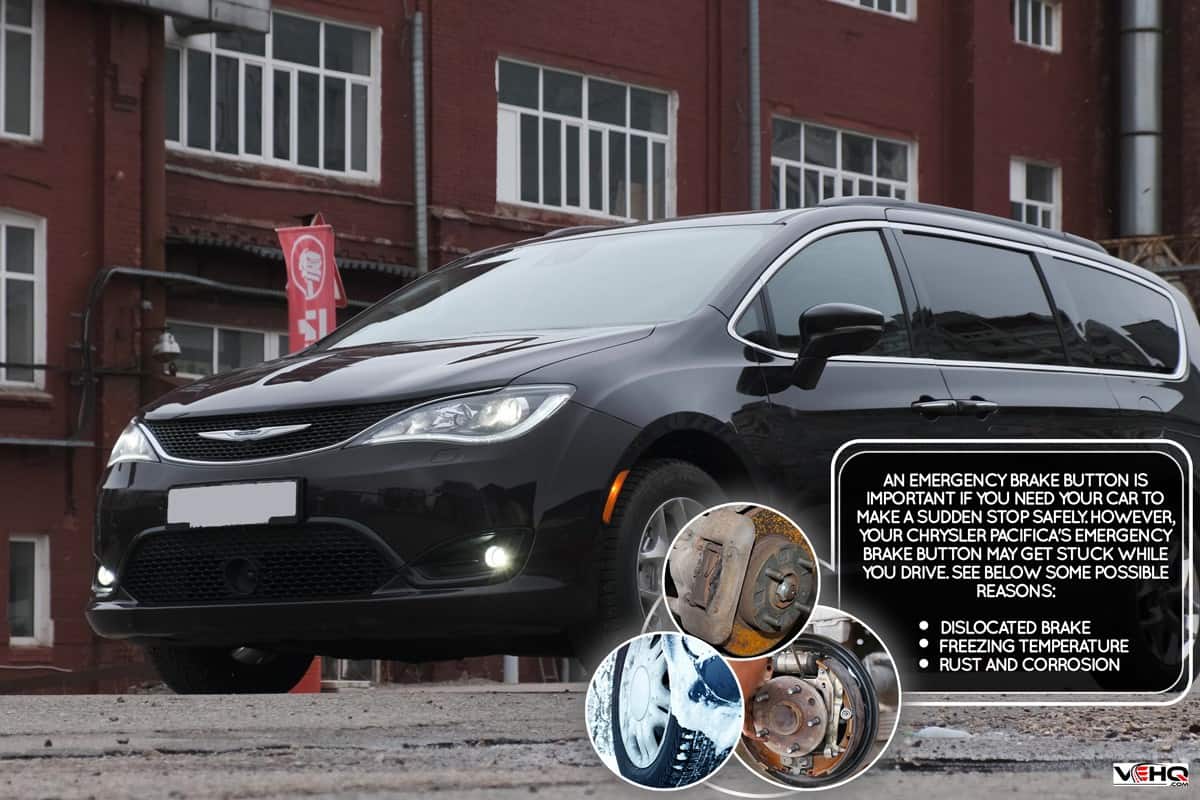
How To Release A Stuck Chrysler Pacifica Emergency Brake
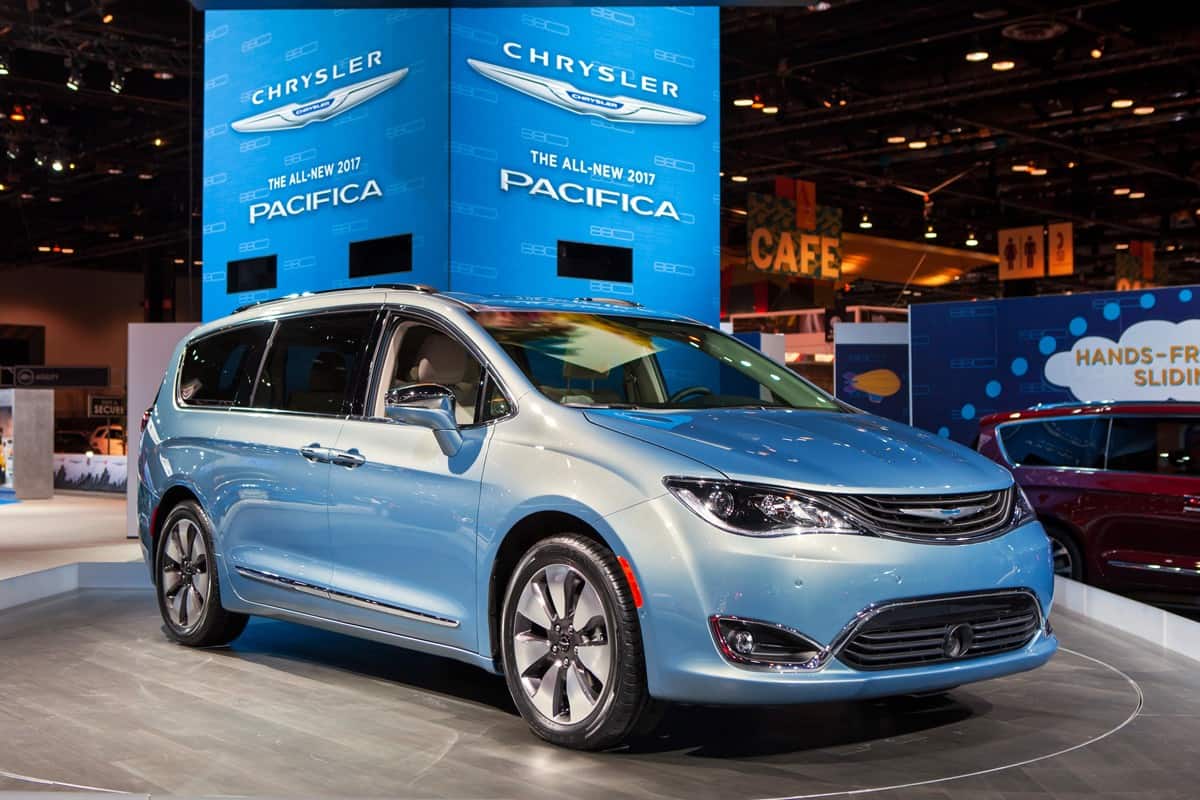
An emergency brake can save you in case you need to stop immediately while driving. That's why it's important to ensure you can control the emergency brake without obstructions.
The emergency brake can get stuck for several reasons. Before you consider calling a mechanic to check your car or consulting the manufacturer to do further assessment of its condition, familiarize yourself with the following possible reasons why your emergency brake is stuck and how to fix it.
Dislocated Brake
It's possible that your brake has been dislocated, causing it to get stuck in one position. You may try to move the brake back and forth until it engages properly. You can also do the steps below to fix the dislocated brake:
- Press down your brake pedal.
- Hold the brake pedal for few seconds, then pull the release handle.
- Hold the release handle, then lift your feet off from the brake pedal.
Freezing Temperature
Your brakes can get stuck if the weather is too cold. This is common during the winter season or any place that has a low temperature level. Ice can build up on the car's components such as switches, tires, and the brake. After a while, the ice may block the space around the components, restricting its movements when you try to operate them.
A quick solution to this is to have a damp lukewarm towel wrapped around the frozen switch or brake to melt and absorb the ice around it. However, you might need to get your car into a carwash to do this for you depending on how thick the ice is.
Rust And Corrosion
Rust is the accumulation of moisture and air that causes decay to the metallic surfaces of the car. The rust can spread through the chassis, making the metallic components hard to control. A large amount of rust weakens the metal and causes it to corrode overtime.
Both rusting and corrosion can get your brakes stuck in place. A good solution is to reduce the rust on the brake caliper on the front wheel. You can also use a lubricant to enhance friction.
How To Get Rid Of Rust And Corrosion On Brake Caliper?
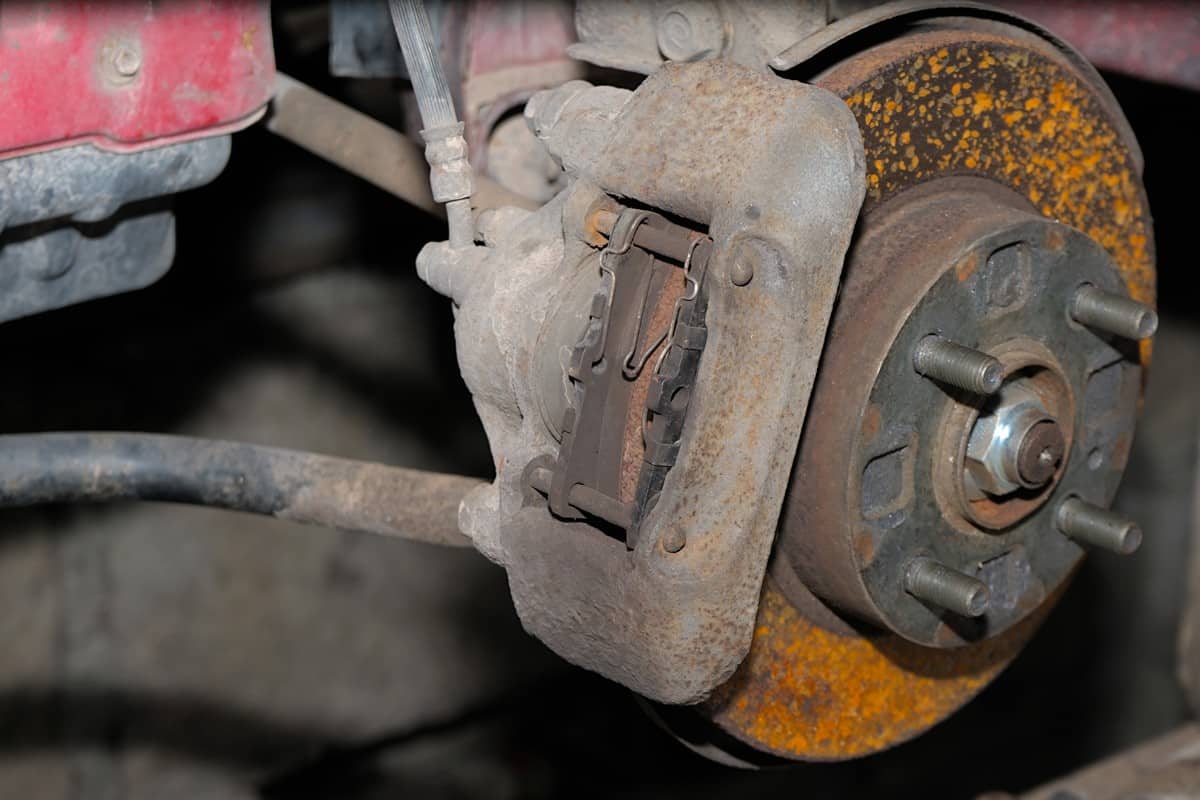
The brake caliper is usually attached to the front wheel. It's best to keep it free from rust and corrosion to improve the driving performance. Remember to seek assistance from a mechanic. However, you can check the steps below:
- Park in a safe place with sufficient space for replacing the front brake.
- Use a car back to lift the car's front body.
- Remove the nuts by twisting them with a lug wrench, then pull the tire out.
- Unfasten the bolts holding the brake caliper in place.
- Use a screwdriver to pry out the brake pads.
- Detach the brake caliper, then scrub off the rust with a small brush. You can also lubricate it for smoother control.
- Put the brake caliper back into the wheel.
- Align the caliper to insert and fasten the bolts tightly. Make sure the caliper will not move when you shake it.
- Now, put the tire back by locking it with the lug wrench.
- Remove the car jack and test the brake.
You can watch a video here to guide you further:
How Does The Emergency Brake Work?
Chrysler Pacifica has an Emergency Park Brake System or EPB, which you can control either manually or automatically. Below are the steps on how to operate the EPB.
Manual
If you're operating the EPB manually, you should access the park brake switch. Simply follow the instructions below:
- Turn the ignition into MAN/RUN position.
- Step on the brake pedal, then press the EPB button.
- Wait for the brake warning indicator light to turn on. You may notice the brake pedal move a bit.
- Before leaving your car, make sure you turn the ignition off.
- Remove the key fob from the keyhole.
You can watch a short clip here:
Automatic
The Auto Park Brake feature will alert you when it detects nearby objects or vehicles. For instance, the car may stop when it detects that your car might crash into something.
To activate this feature, simply do the steps below:
- Access the Uconnect Settings.
- Find the Customer Programmable Features on the screen.
- Select the BRAKE option to enable and disable the automatic brake.
What Is Active Braking?
It's a special feature of Chrysler Pacifica that sends you a warning when you're about to collide into something. This feature will slow down or stop the car until it deems the area safe enough for your to speed up again.
What Is Pedestrian Emergency Breaking System?
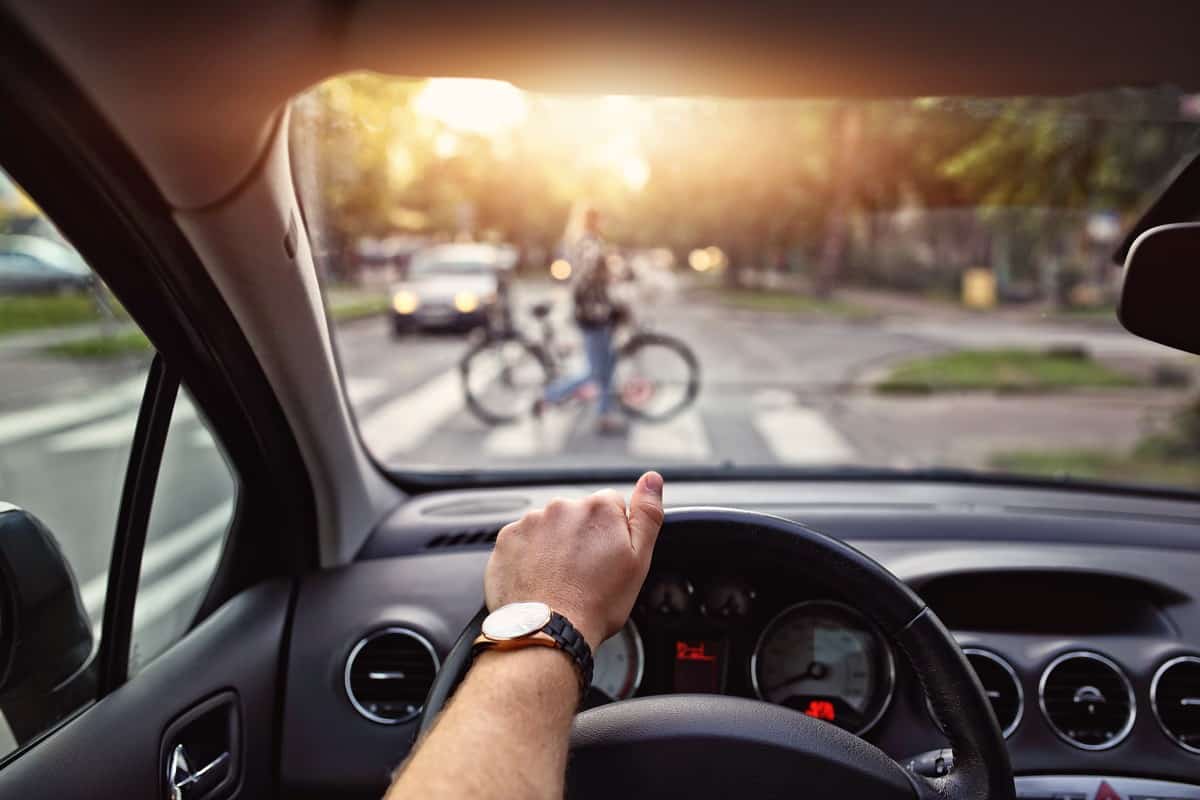
When your Chrysler Pacifica detects a person in front of it, this feature will activate to slow down or stop and prevent that person from getting hit. However, remember not to rely on this feature as your signal to stop on the road. You should still drive responsibly.
What Is A SafeHold Feature?
SafeHold activates whenever the car detect something unsafe while the ignition is on. This features helps you when, for instance, you forget to turn off the ignition when leaving your car.
Since the ignition consumes energy, the car will detect unusual activities and keep the car safe from it. See below some scenarios where the SafeHold automatically activates.
Speed Is Slower Than 1.9 mph
When you drive slower than 1.9 mph, the SafeHold will activate. The system interprets that you might be unaware your car is moving, or your going slowly downhill.
No Attempt To Engage The Brake Or Accelerator Pedal
The system may interpret that you're not actively driving if it detects that you're not stepping on the brake or accelerator pedal. The system will turn on the SafeHold until you become active again.
Seatbelt Isn't Fastened
This is SafeHold's most essential feature. If you don't have your seatbelt on, the SafeHold will work to protect you by controlling the brake. However, you should not intentionally unbuckle your seatbelt to activate this function.
The Door Is Open
When you open the car's door, the SafeHold prevents the car from moving to avoid accidents. Even if the car is just slightly open, the SafeHold function will alert you to ensure that you're safe.
The Vehicle Isn't In PARK Mode
If you stopped to park but forgot to switch into PARK mode, the SafeHold will do it for you. This feature will hold the car in place until you move it again.
Should You Always Use the Emergency Brake?
The quick answer is no. The emergency brake tends to hold the car in place while allowing you to gain control of it. Compared to using your normal brake, the emergency brake can have a negative impact on the transmission if used more frequently.
Instead, your emergency brake works more as a backup for when your normal brake malfunctions. It's also good to use emergency brake when you're parking on an unusual position.
You can also consider using the emergency brake when changing the tires. This is to ensure stability while you're on the road. Apart from that, if you're just driving normally, you don't need to use your emergency brake.
Is the Brake Pedal Included In Warranty?
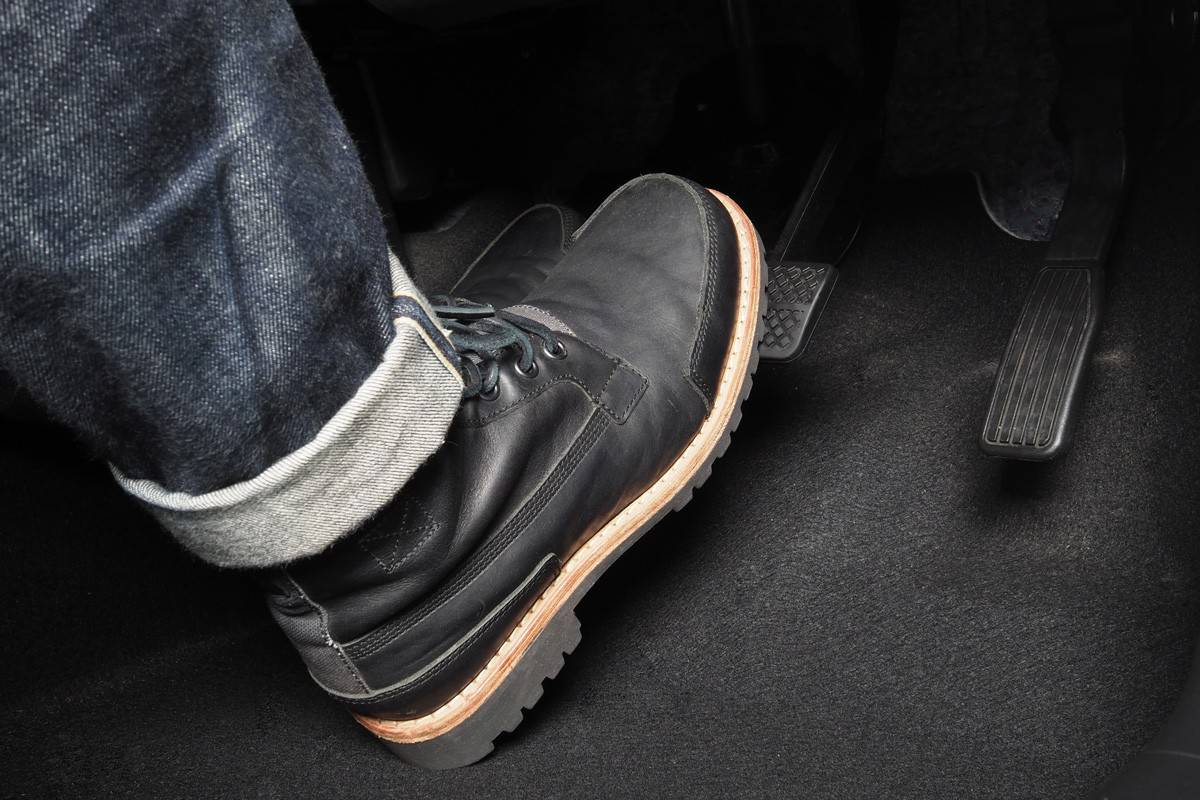
The Chrysler Pacifica has a warranty of five years or 60,000 miles of driving. The warranty covers all post and labor costs need to replace or repair the mechanisms of your car.
However, the warranty may vary on the manufacturer or the car distributor. Some manufacturers do not offer warranty for parts that are not due to manufacturing defects or workmanship failure. You can also read your manual for specific details.
Conclusion
Your Chrysler Pacifica's emergency brake may be stuck due to different reasons. These reasons can be a dislocated brake, freezing temperatures, as well as rust and corrosion.
Here are more informative articles available:

